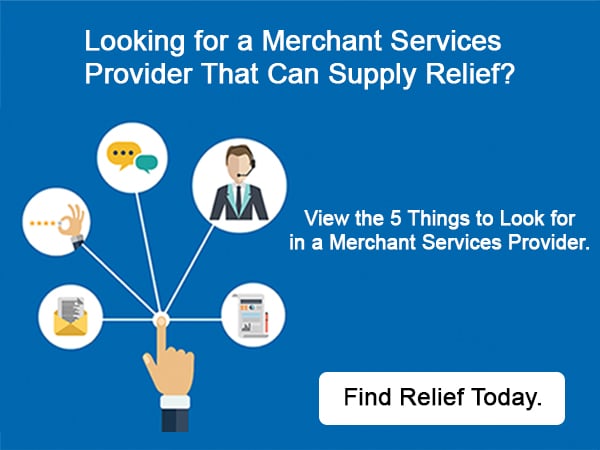It used to be that retailers could rely solely on targeted emails, coupons and online display ads to reach consumers who primarily shopped in brick-and-mortar stores or on their personal computers.
Those days are becoming a thing of the past.
Today, retailers are turning to omnichannel personalization – a more complex form of marketing – to connect with consumers who are shopping on a host of platforms, including their mobile phones and tablets, and on their social networks.
Say, for example, a parent spends a few minutes on her smartphone buying slippers for her teenage daughter while waiting for her daughter to finish basketball practice. She's unable to complete the transaction before having to turn her phone off and drive home. Later that night, after the kids are in bed, she logs on to Facebook and sees the slippers advertised in her stream. Bingo! Purchase done.
“Price and products are no longer enough," says Sheryl Kingstone, Research Director of Business Applications at 451 Research. “Organizations can digitally transform their businesses to best attract, win, retain and support customers by leveraging the latest applications, analytics and infrastructure to deliver a differentiated experience that is not a luxury, but a necessity to survive."
That begs the question: How can retailers apply these practices to potentially attract customers?
Make Shopping Easier
Say that parent buying slippers outside her daughter's basketball practice was doing so in November, and lived in Boston. If the retailer with whom she was shopping had received opt-in customer data sharing and consent to advertising and knew her past purchasing history with the retailer, the retailer might recommend a color-complementary plush robe to stay warm during an expected chilly winter.
This kind of approach – offering services that improve a consumer's experience on your site or in your app – is one that consumers are increasingly expecting. Data lies at the heart of this strategy.
“Brands are turning to data-driven initiatives to ensure that personalization strategies enhance the right experience," says Kingstone. “What has changed over the past few years is the maturation of this approach. Data-driven individual experiences require information that is updated constantly – transactions, events, contexts, interactions and behaviors – and is tied to a unique identity for each customer to build a complete customer profile."
Tailor Your Approach
Having customers opt-in to information sharing is a good first step, but you won't go very far if you aren't paying attention to the device your consumer is using.
Many brands and retailers are relying on adaptive content to alter their messaging by device.
It works this way: On a desktop, a consumer might be prompted to “click" on a button to put an item in a shopping cart, but on a mobile device, they might be asked to “tap." On a desktop, that consumer might be given a long block of text to describe a pair of shoes, but on a mobile device, that text might be truncated to fit the screen and on-the-go experience. Taking this a step further, creative can also be swapped out to fit the consumer's device.
Say a frequent traveler is using an online travel agent (OTA) to help book a vacation, and for the past five years, has traveled to ski resorts. When logging onto their OTA, instead of an introductory photo of a beach, that OTA could serve a snowy mountaintop shot.
Invest In Mobile Clienting
While much of personalized marketing focuses on using technology to improve the mobile experience, it also applies to the strategies of brick-and-mortar retailers.
One way to do this is via mobile clienting.
At its core, says Kingstone, “this is a sales strategy for increasing the purchase volume or frequency potential of the in-store shopping experience by delivering 360-degree customer views and sales tools to sales associates."
Let's pretend that the parent buying slippers was doing so at her local mall, but the chain she frequents is out of her daughter's size. Instead of telling her that she should come back when inventory is better stocked, a sales associate armed with a tablet can find the item at another store and have it shipped to the customer's home.
Another scenario: the pair of slippers are in stock, but the line at the register is 12 people deep and the parent can't wait. Instead of watching the customer abandon the sale, the associate can use a tablet to check out the customer, allowing for a more speedy purchase funnel.
Omnichannel personalization doesn’t stop after the customer decides to make a purchase. When it comes to payment acceptance, data shows that a greater variety of accepted card brands resulted in less shopping cart abandonment.
“When it comes to personalizing the shopping experience, it’s also important to ensure from an omnichannel payment perspective, each channel accepts a wide variety of payment options,” said Keith Wilson, Head of Integrated Payments at Discover Global Network. “Assess the cards you accept to see where there could be gaps that could cause a customer to be inconvenienced when paying because you don’t take their preferred form of payment.”
Solving for those customer pain points can help keep quality of experience high for the customer, and potentially drive greater loyalty through repeat business.
The article and information provided herein are sponsored by Discover® Global Network for informational purposes only based on independent research and are not intended as a substitute for professional advice.
Sources:
451 Research, Sheryl Kingstone, Research Director of Business Applications, Biography
ShopKeep, “Accepting Credit Cards: 5 Benefits that Boost your Business,” May 11, 2016









 Facebook
Facebook Twitter
Twitter LinkedIn
LinkedIn Youtube
Youtube Glassdoor
Glassdoor